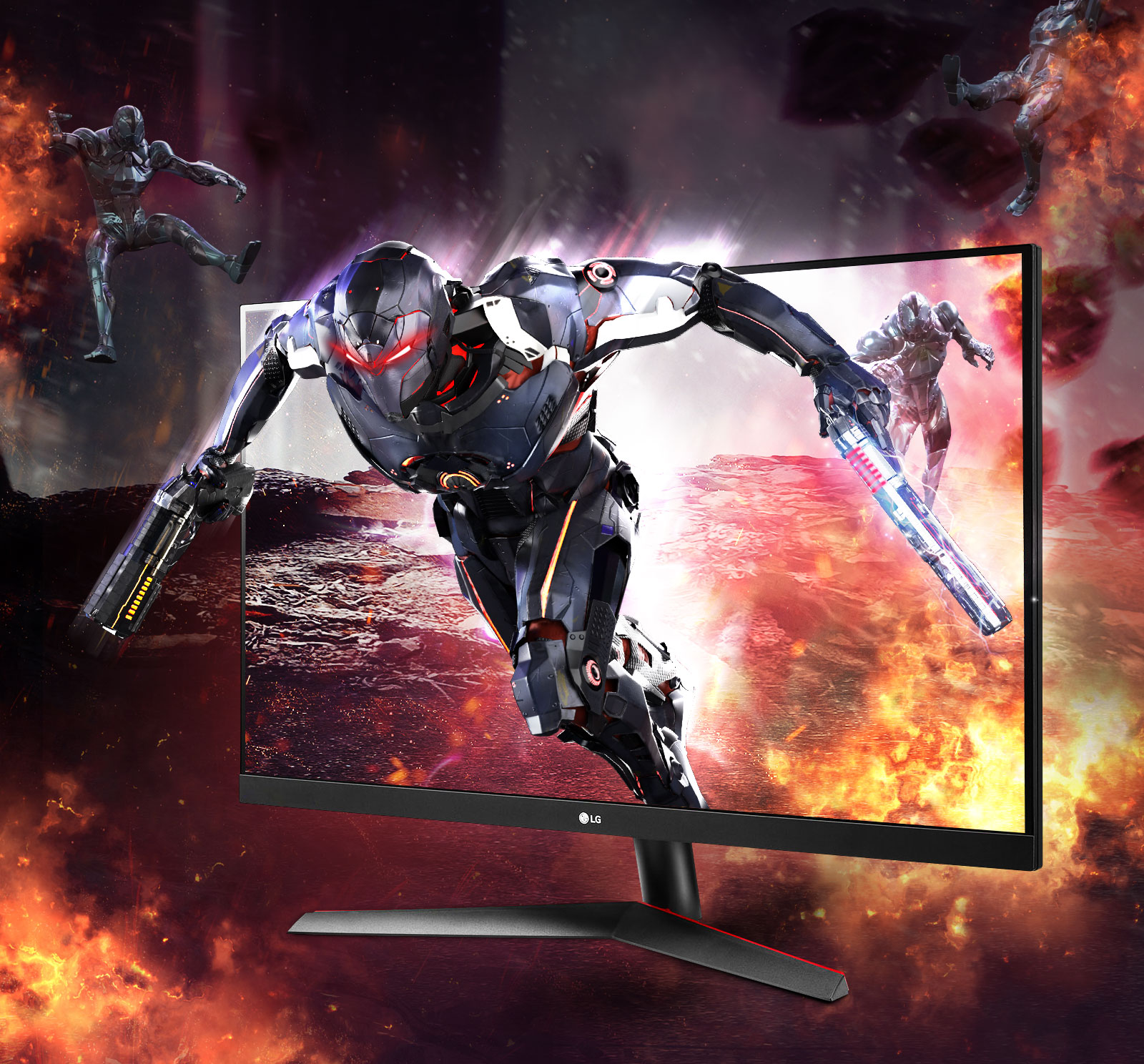Gaming
What to look for in a gaming monitor in 2021
Since the start of global lockdowns, the gaming industry has been booming. A recent report shows that viewership on Twitch, the most popular livestreaming platform for gaming content, reached 6.3 billion hours in the first quarter of this year – that’s more than double what it was during the first quarter of 2020.
Now, with more people gaming, the demand for premium gaming equipment has also increased. But not everyone knows exactly what to look out for when it comes to gaming monitors. A monitor is your window to the world of gaming and, considering how much time you’ll be spending looking at it, it’s worth investing in the future of your gaming setup.
Ultimately, you don’t want a monitor that holds you back from unleashing the full potential of your graphics card. High- and mid-range graphics cards are becoming more affordable each year, and a mediocre display can serve as a real bottleneck to delivering the best gaming experience. With 1080p and 4K monitors also becoming more accessible, gaming can be more immersive than ever before.
How does a monitor affect the gaming experience?
Fans of the latest open-world games, such as Cyberpunk 2077 or Horizon Zero Dawn, should ideally go for a 4K monitor to truly experience the hyperrealism of next-gen graphics. But those who prefer fast-paced, competitive action games where reaction times are crucial, such as FPSs, fighting games or MOBAs, a monitor with a slow refresh rate or response time can undoubtedly put you at a disadvantage.
Refresh rate (the number of times a monitor displays new images each second) and response time (how quickly your monitor shifts from one colour to another) are a gamer’s two most important considerations after resolution. These can have a significant impact on in-game performance and result in blurred or stuttering images when they’re too low. This not only ruins the gaming experience, but can also mean the difference between winning or losing.
That’s where AMD’s FreeSync and NVIDIA’s G-Sync capabilities come into the picture. These adaptive syncing technologies dynamically synchronise your monitor’s refresh rate to match the frames-per-second output generated by your graphics card. This means that your monitor only updates its image exactly when it receives a frame from your graphics card, rather than trying to bundle images together simultaneously, which results in a much smoother experience without screen tearing.
What to look out for in 2021
Ideally, you want a monitor with a refresh rate of at least 75Hz and a response time of no more than 5ms (but the lower this number goes, the better your gaming experience). There are, however, some worthy 60Hz gaming monitors, like those in 4K resolution that are limited to 60Hz. If you opt for one of those, G-Sync or FreeSync is a must.
These days, most gaming monitors have a refresh rate of at least 120Hz, and one of LG’s UltraGear monitors even goes up to 240Hz with a lightning-fast refresh rate of 1ms. LG’s 27GN950 Ultra-Wide Gaming monitordelivers an even more immersive experience as they give games a much bigger canvas to showcase their beauty.
Featuring VESA Display Stream Compression (DSC) Technology, 27GN950 supports 4K hi-resolution, 144Hz hi-speed refresh rate with 1ms (GtG) response time, HDR and G-SYNC® Compatible as well as covering 10bit color by a single DisplayPort connection, and reducing visual loss.
With the ever-growing range of stunning displays on the market that are curated for gamers to perform better and enjoy the experience more, 2021 is a great time to treat your eyes to the next generation of gaming monitors.

















